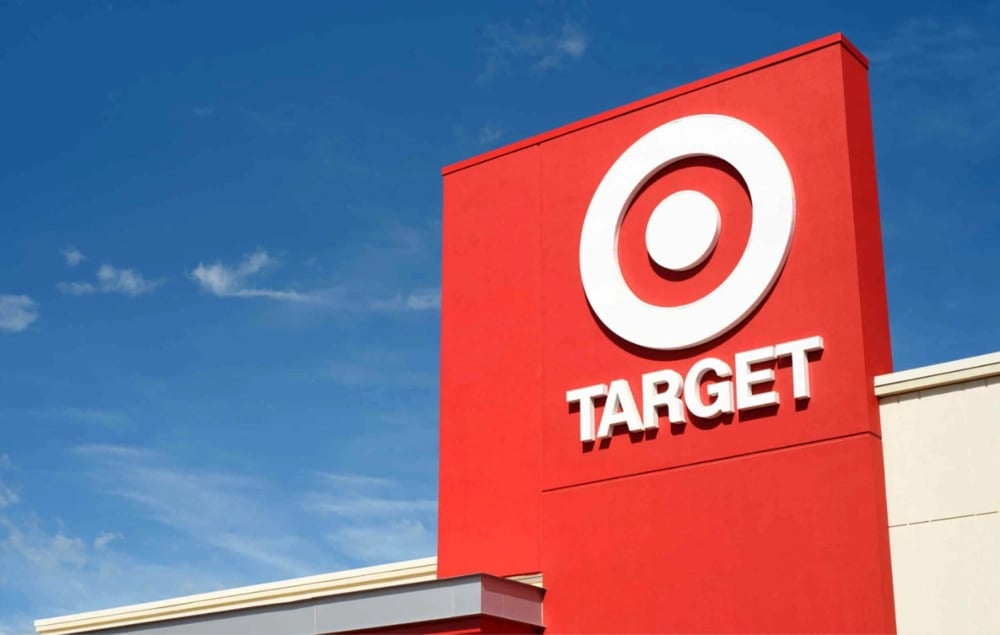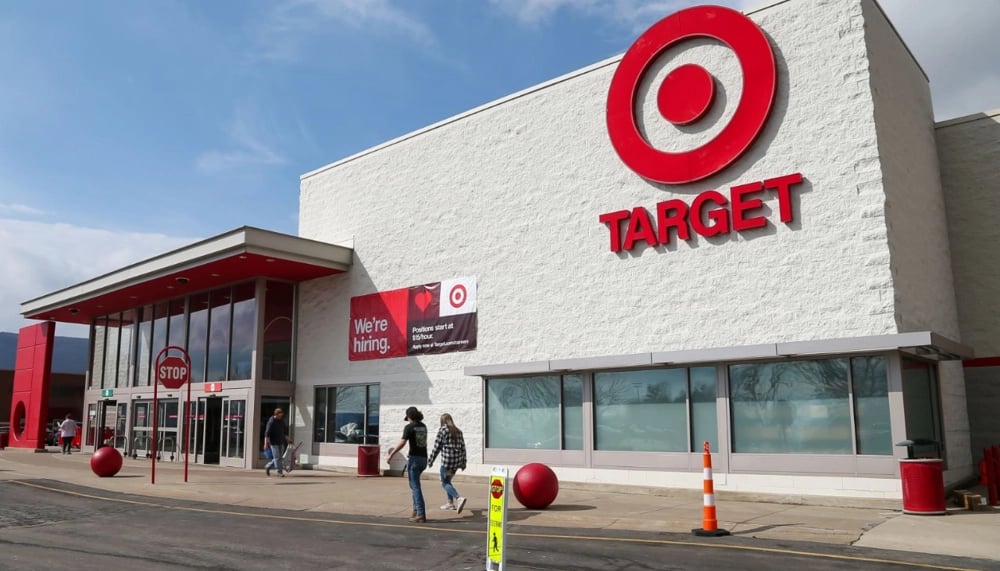Target Faces Strategic Crossroads Amid Declining Sales Forecasts
Target Corp. $TGT finds itself at a crucial juncture as the company’s CEO, Brian Cornell, faces intensifying scrutiny. The recent downward revision of sales projections has drawn attention to Target's operational challenges in a turbulent retail environment. Falling consumer expenditures, amplified by tariff burdens and the aftereffects of public boycotts, have forced the retailer to adopt a more cautious outlook.
Investor Sentiment and Market Reaction
The market quickly responded to Target’s revised guidance, sending TGT shares lower. Investors now question the retailer’s ability to break free of its subdued growth trajectory, especially after two years of fluctuating results. Against a backdrop of growing macroeconomic uncertainty, concerns over leadership effectiveness have come to the forefront.

Key Developments Impacting Target’s Trajectory
Target’s updated sales guidance signals dampened consumer activity;
Tariffs and organized consumer boycotts have exerted measurable pressure on operational performance;
Share prices reacted negatively, reflecting broader market doubts about future prospects;
Persistent volatility in results over two years has challenged management credibility;
Major shareholders, including Smead Capital Management, have publicly questioned the current leadership and called for a managerial reset.
Shareholder Pushback and Calls for Change
Critical remarks from institutional investors have escalated engagement with board-level decision-making. Smead Capital Management, a significant stakeholder with exposure to TGT since 2017, has openly advocated for new leadership at the helm. Such sentiment underscores mounting frustration with existing turnaround efforts and willingness among investors to press for strategic change.

Brand Resilience and Structural Challenges
Despite leadership uncertainties, Target still commands strong brand equity and a substantial customer base. However, the operational hurdles induced by changes in spending habits, tariff risk, and reputational challenges from boycotts present clear obstacles. The ability to recalibrate strategy and restore growth momentum is now under sharp focus, both internally and among institutional holders.
Assessment and Outlook
Target confronts a delicate balance between leveraging its foundational strengths and navigating persistent headwinds. The situation intensifies scrutiny of C-suite leadership as external and internal stakeholders debate the optimal direction for sustained recovery. Market responses and shareholder activism indicate further developments are anticipated as pressures mount for transformation.















Comments